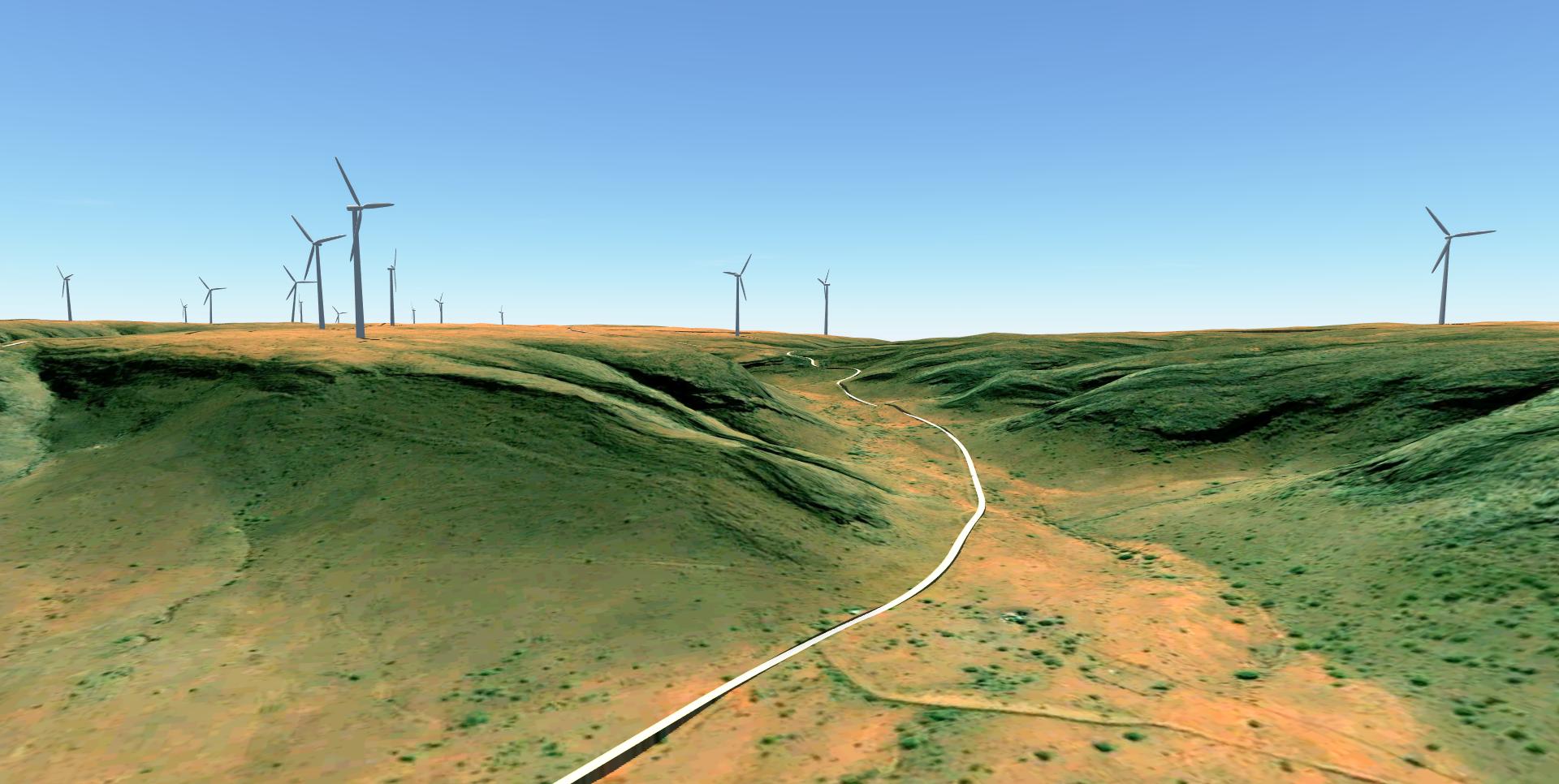“Plus, we believe this catalytic project will help accelerate the drive towards the inevitable adoption of green ammonia as a more sustainable, price competitive alternative to brown and grey ammonia – the latter made using fossil fuels as the feedstock, and now under increasing pressure as a redundant technology as the world recalibrates for a net-zero greenhouse gas emissions future,” Walzer continues.
Markets for green ammonia include agricultural fertilisers (representing some 70% of demand), explosives for the mining sector, textile manufacturing to create synthetic fibres, plastics, and the pharmaceuticals sector.
In turn, green hydrogen applications include the fuel cell electric vehicle segment, industrial process applications, as well as for renewable energy storage.
Perfecting the plant design
In contrast to brown or grey ammonia (the former requiring coal gasification, and the latter natural gas), the raw materials for green ammonia are hydrogen (obtained through the electrolysis of water), and nitrogen (sourced from the air using an air separation unit).
Green ammonia is then synthesised from nitrogen and hydrogen using the Haber Bosch process – the standard method adopted globally for commercial ammonia manufacturing. Historically, the foundational process was developed in 1909 by German chemists Fritz Haber and Carl Bosch, both of whom subsequently received the Nobel Prize in Chemistry for their work.
“One of the key challenges to date has been finalising the chemical plant design for the PPR project,” says Walzer. “Based on our prefeasibility study, the first specialist manufacturer we engaged with – based in Europe – presented a package design proposal that was almost double our planned plant capex allocation, citing factors that included price escalations due to Covid-19 supply chain constraints.”
“That meant we had to go back to the drawing board. However, this has turned out to be a plus, as we’ve been able to source a solution locally, working with a leading South African chemical engineering consultancy with extensive experience in this field. Thanks to their input, our revised plant design is now even more energy efficient,” Walzer continues.
Preparing the groundwork
In November 2021, engineering and infrastructure consultancy firm, SMEC South Africa, was appointed to provide project management services to the PPR to establish the framework for implementation.
In addition to providing programme development, scheduling, risk mitigation and scope development services, the SMEC team has also been overseeing progress monitoring and reporting; cost, quality and communication management; procurement management; and project control.
The SMEC team, made up of a group of best-in-class project managers, engineers and technologists, has also been instrumental in the PPR project reaching numerous key milestones, including the completion of the technical and prefeasibility studies for the chemical plant; the wind, solar, and battery energy storage system configuration, plus micro-grid control optimisation; attaining environmental approvals; as well as preliminary civils designs and cost estimations for future construction.
Power configuration
The solution for Phase I is a power generation set-up designed to deliver 180 MW via solar PV, and 138.6 MW via wind generation, together with 106.16 MWh of battery storage.
Each of the two 90 MW solar PV installations in Phase I is spread over an approximately 150 ha footprint, while the windfarm comprises twenty-one 6,6 MW turbines concentrated on a mountain range to the south of the chemical plant and associated structures that include the adjacent battery storage building. Connecting all three power generation sites is an extensive 132 kV powerline network.
“From the onset, our renewable energy power studies were based on a hybrid model because the chemical plant needs to run constantly, irrespective of whether the sun shines or not,” explains Phillip Heine, project manager for the PPR at SMEC South Africa. “Our studies over the past 24-months have shown that the wind is significantly better at night, with an average of 8,6 m/s compared to just over 7 m/s during the day.”
“Within the mix, the role of the battery storage facility is to balance and float the operation in conjunction with a synchronous condenser. The latter automatically responds to any short fluctuations caused by wind gusts or lulls, so the power remains constant, which is an essential requirement. Some 90% of the total energy will be used to run the plant’s electrolysers, and the balance for the synthesis and air-separation units.”
The next stages
With the alternative chemical plant design now completed, SMEC will be working with Prieska Power Reserve to bring the project to financial close in preparation for the construction programme. The preferred approach for the construction of the chemical plant and related infrastructure is an Engineering Procurement and Construction (EPC) contractor model.
According to the project timeline, Walzer says the goal is to finalise investment decisions by the second half of 2025; thereafter transitioning to procurement and contracting.
“We are also currently engaging with the market to bring on board additional strategic equity partners, with a number of fruitful discussions having taken place,” Walzer explains.
Building a funding pipeline is key to a successful ramp-up and gaining early traction in the South African market. Thereafter, the PPR plans to increase green ammonia production to over 500 000 tonnes per annum by 2032, powered by an evolving renewable energy footprint to serve broader international markets.
“Based on available statistics, ammonia produced from green hydrogen is on the increase and is expected to account for around 5% of total production by 2030 as industries focus on decarbonising their operations. From there, however, it is forecasted to climb exponentially to 80% by 2050, so the PPR is well placed to serve this burgeoning market, harnessing local resources,” Walzer concludes.
ENDS
Originally drafted and published by IMIESA – August 2024










